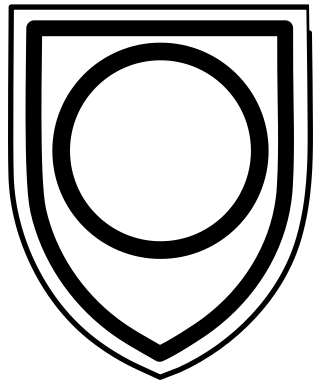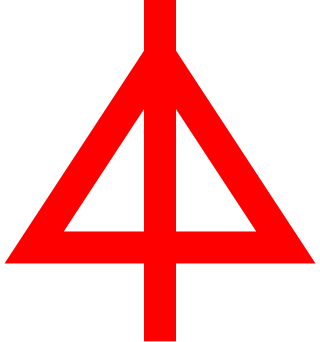The 10th Infantry Division was created in October 1934 under the cover name Wehrgauleitung Regensburg to hide its violation of the Treaty of Versailles. It was renamed the 10th Infantry Division when the establishment of the Wehrmacht was announced publicly in October 1935.

The German 23rd Infantry Division, later the 26th Panzer Division, was a military unit operational during World War II. It was organized along standard lines for a German infantry division. It was non-motorised and relied on horse-drawn wagons for its mobility. The unit carried the nickname Grenadierkopf.

The 13th Panzer Division was a unit of the German Army during World War II, established in 1940.

The 60th Infantry Division was formed in late 1939, from Gruppe Eberhardt, a collection of SA units that had been engaged in the capture of Danzig during the Invasion of Poland. This division was unusual in that its manpower was largely drawn from the SA and the police.

The 6th Panzer Division was an armoured division in the German Army, the Heer, during World War II, established in October 1939.

The German 20th Infantry Division was an infantry division of Nazi Germany.

The 4th Panzer Division was an armored division in the Army of Nazi Germany.
The 11th Panzer Division was an armoured division in the German Army during World War II, established in 1940.
The order of battle for the Battle of France details the hierarchy of the major combatant forces in the Battle of France in May 1940.

The 161 Infantry Division was a major unit of the German Wehrmacht. It fought in the Battle of France, and then later on in the Eastern Front.
This is the German Army order of battle on the outbreak of World War I in August 1914.
General Friedrich Kühn was a General der Panzertruppe in the Wehrmacht during World War II. He was a recipient of the Knight's Cross of the Iron Cross of Nazi Germany.
The Axis order of battle at Stalingrad is a list of the significant land units that fought in the Battle of Stalingrad on the side of the Axis Powers between September 1942 and February 1943.

The 30th Infantry Division of the Wehrmacht was created on 1 October 1936 in Lübeck and mobilized on 26 August 1939 for the upcoming invasion of Poland. At that time, it consisted of the usual German infantry division elements: three infantry regiments of three battalions each, one three-battalion regiment of light artillery, one battalion of heavy artillery, a panzerjager (anti-tank) battalion, an aufklärungs (reconnaissance) battalion, a signals battalion, a pioneer (engineer) battalion, and divisional supply, medical, and administrative units.

The 15th Infantry Division was an infantry division of the German Army during the interwar period and World War II, active from 1934 to 1945.

Eduard Crasemann was a German General der Artillerie in the Wehrmacht and convicted war criminal who commanded several Panzer divisions during World War II.
II Army Corps was a corps in the German Army during World War II.

The 88th Infantry Division was a major fighting formation of the German Army (Wehrmacht). It was created in December 1939, and first saw combat in the Battle of France, and was then posted to security duties. From December 1941, the division was shifted to the southern sector of the Eastern Front, where it fought until February 1944 when it was encircled near Cherkassy and virtually destroyed.

The 15th Panzer Division was an armoured division in the German Army, the Wehrmacht, during World War II, established in 1940.
The XXIV Army Corps was a unit of the German Army during World War II. The unit was re-designated several times; originally being Generalkommando der Grenztruppen Saarpfalz, later Generalkommando XXIV. Armeekorps, then XXIV. Armeekorps (mot.) and finally XXIV. Panzerkorps.












